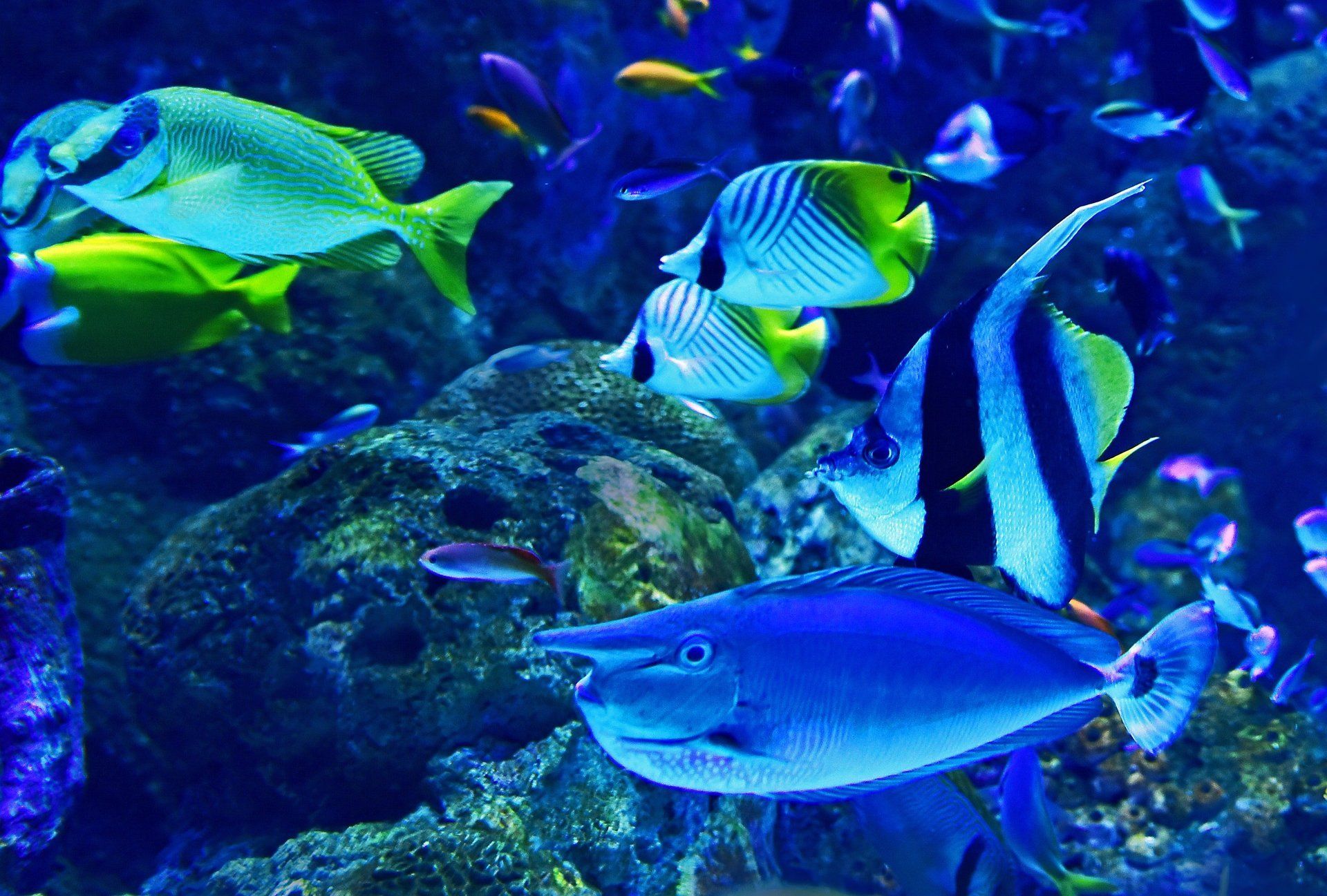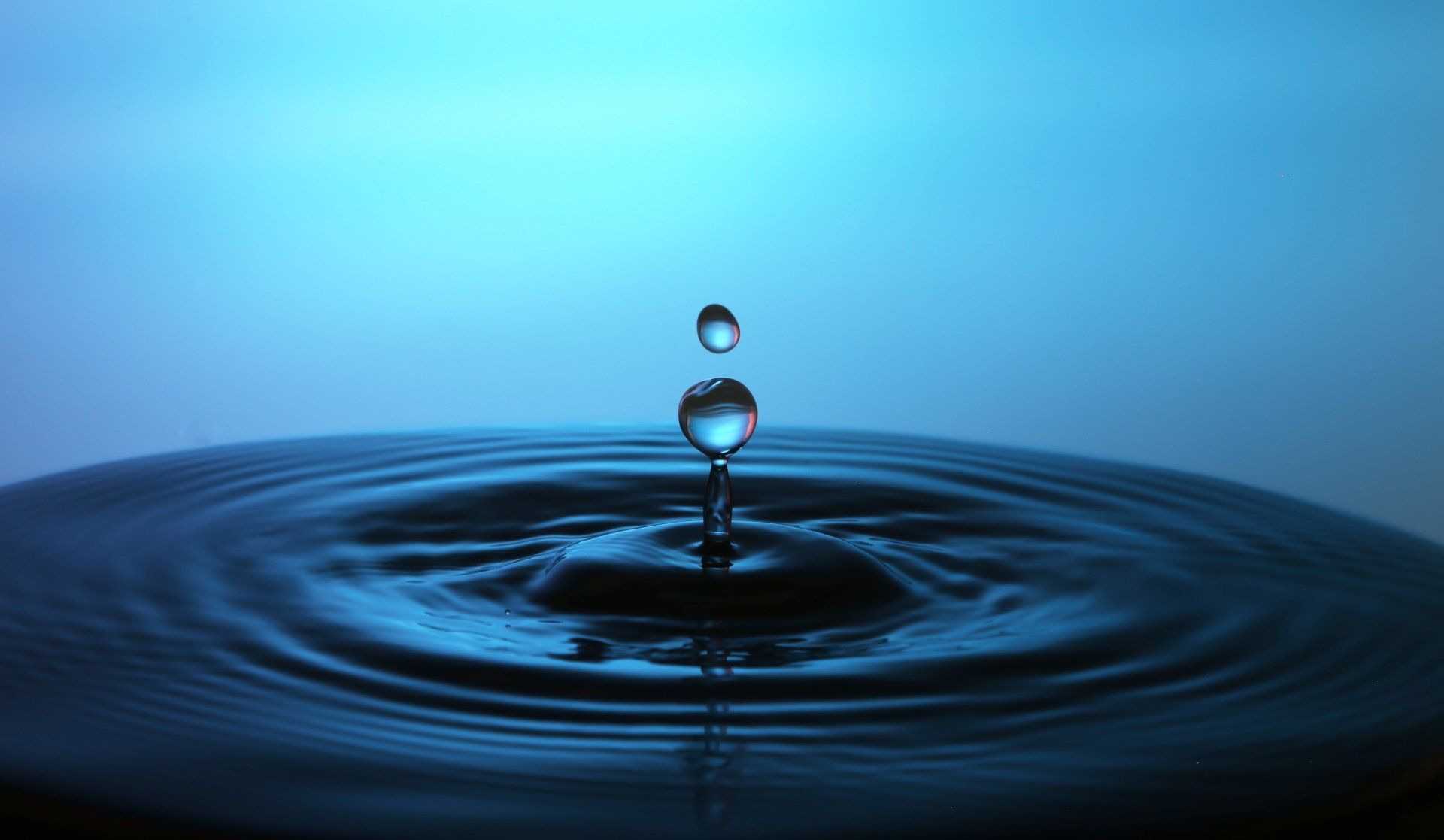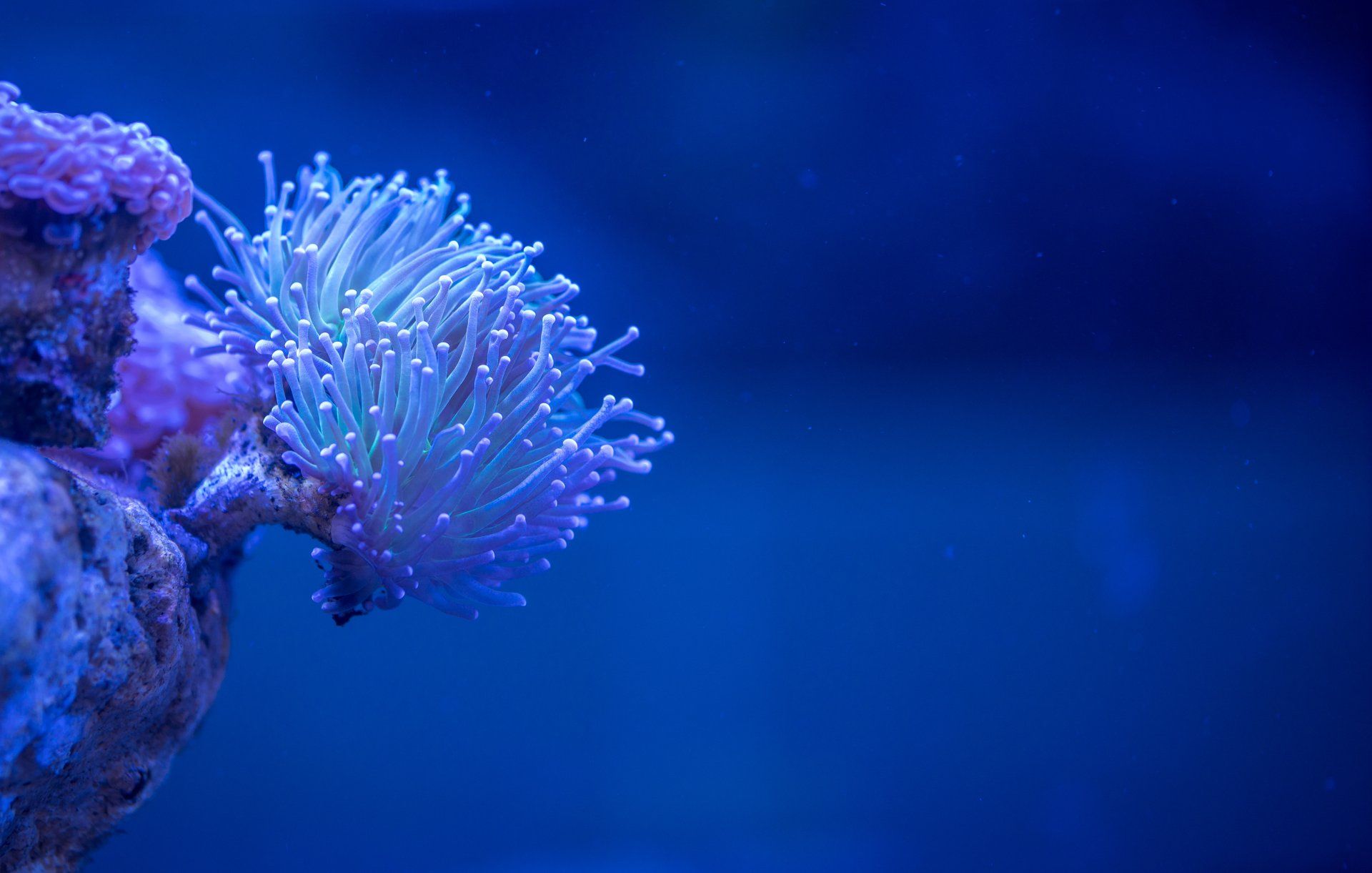Aquarium Water: Which Purification Technologies Are There For Your Fish?
Aquarium water: Happy and healthy fish

Calculate Aquarium Volume
The first step in purification is always to understand the volume you have in your aquarium. Please see for that step the calculation sheet below for a square shaped Aquarium.
The thing is that you want to have healthy fish and for healthy fish you need clean aquarium water. Clean water is just as important for fish as clean air for humans. That said, once you know what you want to have in your water you also know what kind of water quality you need. Once you start using water you need to keep it at a certain quality level as you do not want to accumulate waste in your aquarium water (fish just do not like wastewater). To keep the water quality consistent, you need purification technology.
Which water sources do you have available for your aquarium water?
Your starting point will be a source of H2O (water), there are several sources which all contain a different level of other components like microbiology, organics, metals and minerals. Potential water sources that you could use are;
- RO (reverse osmosis) water
- Well water
- Rainwater
- Deionized water
- Bottled water
- Tap water
For the smaller aquariums tap water is a perfect source. For the larger aquarium there might be better sources available.
What are the costs of aquarium water purification?
This can range from 1$ to more than a million dollar. To assess the costs, it is important to know first what you need to remove from your water, how much water you need to purify, which technologies you need and what water quality you need to reach.
Depending on your needs ask a local shop or a engineering company if you are for example Sea World!
8 Purification technologies that you should know of for your aquarium water
1. Activated carbon
Activated carbon (activated coal, activated charcoal) is a special type of carbon that can adsorb various organic molecules, and these are adsorbed on the large surface area by van der Waals forces, next to this an activated carbon filter can also work as a mechanical filter to remove certain solid particles. Activated carbon occurs in different particles size and different forms: powder, extrudates, granules and spheres. (press here to learn more about activated carbon)
2. Aeration
Aeration is contacting a liquid phase with air, this happens in the water purification industry, for example through the use of a turbine aerator that pumps air through the water. Aeration of water can also be done via for example cascades, sprays and plate aerators. (press here to learn more about aeration)
3. Coagulation
To understand coagulation, it is important to know what a colloid is and what coagulation is. Coagulation in water purification, it is destabilizing colloidal particles by neutralizing their charge with an added chemical, a so-called coagulant. A colloid is a small particle that is slightly larger than a molecule and has a diameter between 1 and 1000 nanometers. These particles can be solid, liquid or gaseous. A colloidal system where the particles are solid and the media is liquid, or in other words a colloidal suspension, is in a state that is midway between a solution and a precipitate. These particles are therefore often very difficult to remove. (press here to learn more about coagulation)
4. Ion exchange (IEX)
Ion exchangers (IEX) are spheres of sulphonated synthetic resin that can take ions from liquid, water, process water, condensate water, swimming pool water) by changing them out against other ions. The liquid will flow over a with beads filled with ion exchanger resin column. The beads are solid, and this is often referred to as adsorption resin.
There are also non-ionic resins, these are capable of removing organic contaminants such as for example trichlorethylene and tetrachlorethylene. (press here to learn more about ion exchange)
5. Ozone oxidation
To understand what ozone oxidation is, it is important to first know what ozone is. Ozone is a singular substance of the element oxygen, with gross formula O3. At room temperature and normal pressure, ozone is a gas and is colorless to light blue. Ozone has an unpleasant odor and is irritating. Unlike normal oxygen (O2), Ozone is a strong oxidizer.
The next point to understand is what oxidation is. Oxidation is a chemical process substance (reduction) releases electrons to another substance (oxidizer), the oxidation number of the reducer increases. Ozone decays in water, OH radicals react. These radicals are very short-lived compounds that can oxidize even more strongly than the ozone itself. (press here to learn more about ozone oxidation)
6. Sand filtration
A sand filter is, as one would expect with this name, a filter that is filled with sand. Sand of different particle sizes is contained in a sand filter and at the bottom of a sand filter is a porous double bottom(collector). You can have sand filters ranging from very large to small, this is depending on the flow rate of liquid (usually water). The sand is often in a steel, plastic or concrete filter. (press here to learn more about rapid and slow sand filtration)
7. Ultraviolet
Ultraviolet light is a shorter wavelength than visible light, the shorter wavelength makes it more energy-rich. Because UV is more energy-rich, the ionization potential of organic molecules can be reached, and chemical reactions can be triggered. In connection with the effects of ultraviolet light on people and the environment a distinction is made between UV A, UV B and UV C. See the difference per UV type below:
- UV A is ultraviolet radiation with a wavelength between approx. 315 and 400 nm ("long waves ").
- UV B has a wavelength between 280 and 315 nm.
- UV C has a wavelength between 100 and 280 nm("short-wave radiation")
UV C is the short-wave radiation used in disinfection and sterilization applications (press here to learn more about UV)
8. Reversed osmosis
With reversed osmosis, an applied pressure is used to overcome the osmotic pressure, and, in this way, you can remove various unwanted molecules, larger particles or ions from the aquarium water. This process works like other common membrane technology applications and the pore size of the membranes is .0001 micron which is extremely small. (press here to learn more about RO)
These 8 purification technologies can help to keep your aquarium water quality good enough to keep those guppies, gold fishes, orcas, and rainbowfishes happy and healthy in your aquarium!




